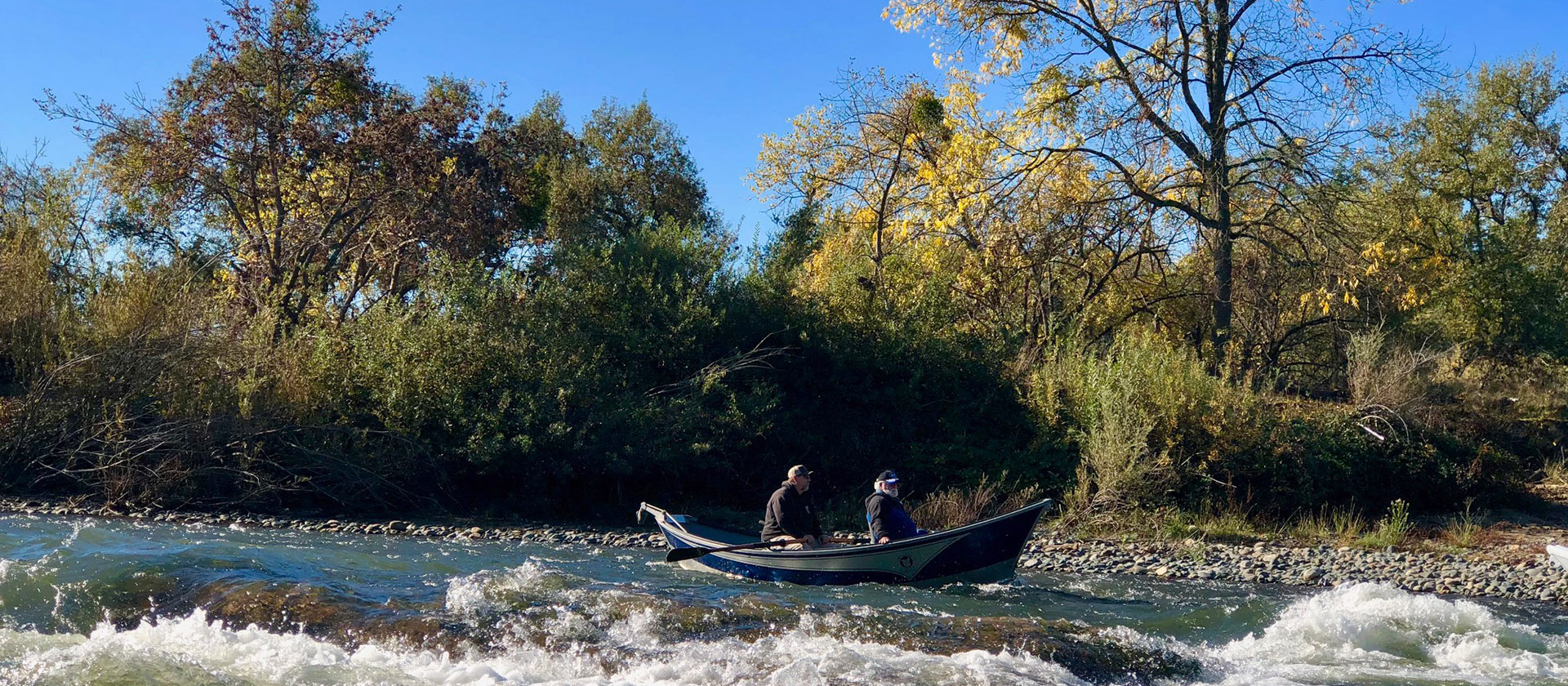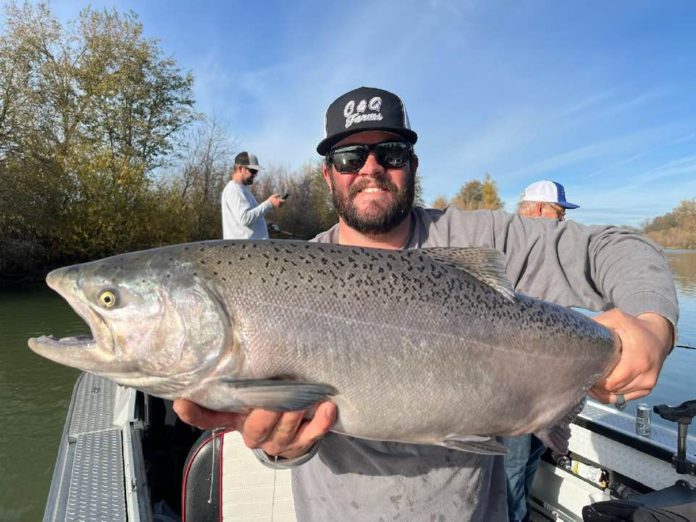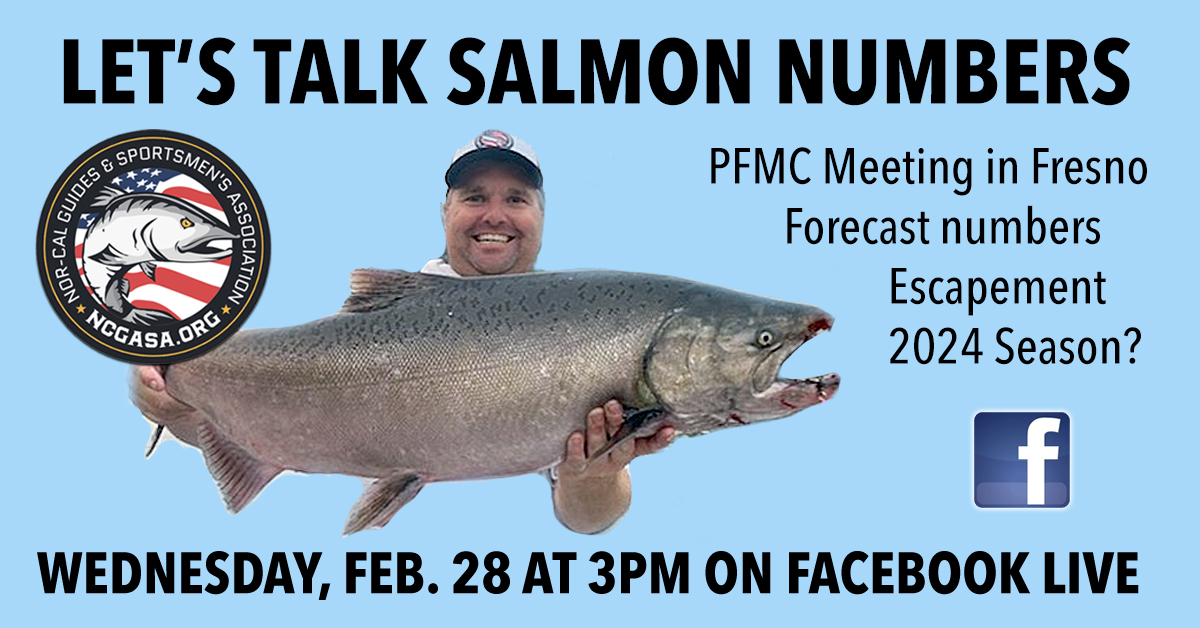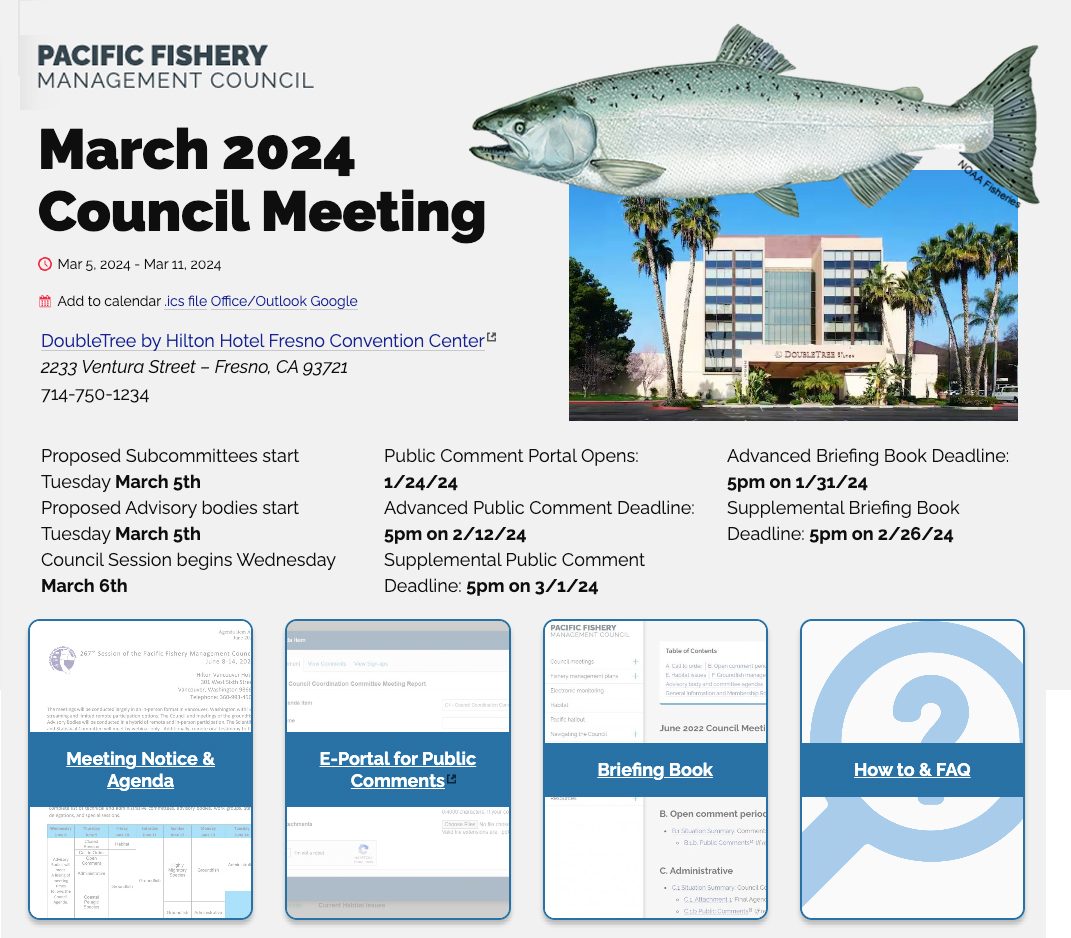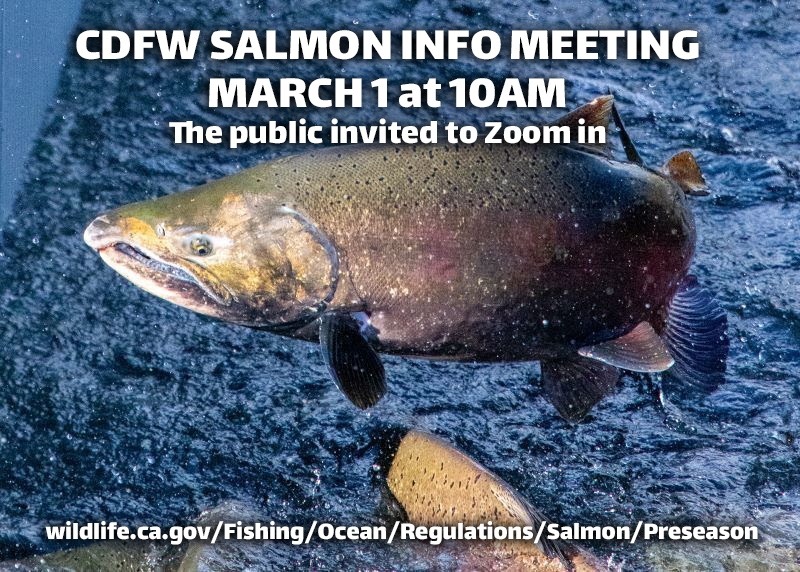Inland fisheries disaster – letter from the NCGASA Board
Photo Caption: From Western Outdoors News — Matt Fields of Ripon with a 26-pound Sacramento River king salmon with guide Kirk Portocarrero.
Click Here to read full letter.
Earlier this year our organization, along with others that rely on the fall run fishery for our livelihoods, participated with you in a collaborative discussion about managing our primary commercial and recreational salmon fishery.
This time, on behalf of the Northern California Guides and Sportsmen’s Association, I am writing to you specifically about the abysmal state of our Fall 2022 inland fall-run fishery, a fishery that by law you are tasked with managing.
NCGASA is an association of over 600 licensed guides and over 4,000 sportsmen and women that work together to protect and increase hunting and fishing opportunities throughout California. NCGASA acts as a voice to represent all people who use California’s waterways and lands. We work closely with many other conservation organizations to make sure we leave a legacy to our children and grandchildren; the same access to outdoor recreation and appreciation for abundant wildlife and fisheries that was instilled in so many of us.
More specifically for this letter, we represent the sportsmen’s voice of the guiding community the relies on California’s Northern California recreational fisheries to support and feed our families. Our footprint spans the breadth of California, including the Sacramento and Delta fisheries that have historically been freshwater salmon fishing hotspots.
I will be blunt and to the point: 2022 Sacramento inland river fishery returns are among the worst our professional guides and sportsmen’s community have ever seen. In fact, the returns have been so poor that we believe egg harvest goals will be constrained this year requiring spawning of extra fish and possibly the need to transfer eggs between hatcheries. Further, there are nowhere near enough fish in the river to provide any meaningful opportunities for natural spawning salmon redds, let alone the robust recreational angling opportunity that historically has attracted California’s residents and out of state anglers to our formerly pristine waters and thriving fisheries. Frankly, if you had known in advance how bad the current inland returns were going to be, the Department of Fish and Wildlife and the Fish and Game Commission would have closed the fishery.
It is no longer enough for our Federal and State managers to write off poor inland river returns if the ocean commercial and ocean recreational fishery is meeting its objectives. We are also a valued significant player in the fall-run fishery, and the destruction of our fishery is something that we demand all agencies immediately take more significant efforts to address. If this is not something you agree with, tell us that. We would prefer to hear that directly from you than continue to be led on with false promises. If you do value us as players in this space and conversation, then your actions need to be commensurate with your words.
In March, when we last talked, we impressed upon you that without a thriving salmon fishery our inland fishing communities would cease to exist. Our inland river guide industry has already dwindled to the lowest all-time numbers of operating guides, and inland recreational fisheries enthusiasm is in the gutter. The next stop is complete extinction, for our industry, the fishery, and for recreational anglers which will contribute to the continued and marked decline in the number of angling licenses sold each year that fund the Department of Fish and Wildlife (other than a spike during Covid closures angling license sales have fallen by 55% since the mid-80s and continue to decline).
There is a target objective for salmon returning to the Sacramento system which was set in 1984. This minimum 122,000 escapement floor is supposed to ensure enough fish return for recreational anglers, hatchery goals, and to promote natural spawning in our rivers. However, the reality that this return rate is so low that it all but ensures that the fishing is poor, that angler opportunity is diminished, that people who buy a license go home disillusioned and turned off from fishing, that natural spawners are never robust enough to support a natural spawning population on their own. In fact, the only objective that is regularly met, and even that is not always met, is the limited amount of hatchery return to meet the mandatory egg harvest goals.
Further, despite setting an objective so low that it will not accomplish the goals of recreational angling and natural spawning, we still have consistently failed to meet that minimum target (missed it 9 out of the past 15 years, 11 out of 15 if you look at NMFS guidance). This year guidance for inland returns was set at a minimum of 180,000 adult fall run salmon, and the model predicted a river run size upwards of
220,000 (which does not include jacks which normally represent 5-10% of the run size). And this does not even take into account salmon (Mokelumne mostly) straying into the wrong river systems falsely and artificially inflating escapement numbers even further.
As your own fisheries managers are undoubtedly currently reporting to you, we are massively under- performing this year’s NMFS guidance (meaning we have now missed the target objective 12 of 16 years), and the management strategies that your agencies are responsible for promoting are once again failing the fishery, the anglers, the guides, and the inland communities that rely on the economics of inland salmon fishing to sustain themselves, not to mention the required number of returns to repopulate the natural spawning salmon.
Meanwhile, the recreational fishery in the ocean is robust (close to 85,000 fish caught), while the commercial harvest is again over performing the model with an estimated harvest at over 205,000 fish. While there are no doubt multiple factors that contribute to timing of river returns and the health of the fishery, it is indisputable that every fish harvested in the ocean is one less fish that can possibly return as a natural spawner or a contributor to egg harvest goals in our inland system and hatcheries.
We will never meet our natural spawning objectives if we continue to miss our escapement goals. Paper fish in the model do not lay eggs, cannot be eaten, or even caught for that matter. The PFMC Ocean Harvest Model is missing 100,000+ adult salmon again this year that are supposed to be inland and accessible by recreational anglers and guides. We are spending millions of dollars on countless spawning and habitat projects for natural spawning fish that are not in the system.
We must immediately take action to permanently increase escapement targets for the Sacramento River system. We suggest that the new inland minimum thresholds be increased to no less than 200,000 and even higher if the goal of recovering a natural spawning population is ever to be achieved. We expect clear engagement from all your agencies to participate in raising the floor escapement at the PFMC starting in March of 2023.
Historically, when Sacramento River was healthy, hundreds of millions of eggs from natural spawners supported a robust commercial and recreational ocean and inland fishery. Since the last full collapse and closure of 2008-09, our inland conditions and water management have yet to be fixed and natural spawners have not returned, creating 100% reliance on hatchery production.
Water management and climate change are constraining fisheries managers decisions to release fish inland, therefore resulting in trucking of significant numbers of fall run fish. Trucking is giving us a false sense of a robust fishery in the ocean, but the outcome in the rivers is apparent that all we are doing is propping up an ocean based artificial fishery without regard to inland returns.
An increase in escapement targets by itself is not enough. You must undertake organization and management actions to ensure that these fish return to the river. You are missing your own current limited goals 75% of the time. In the private sector this kind of performance results in people getting fired from their jobs. In government you apparently just shrug and move on. That is wrong. The days of counting paper fish are over. You must, as managers of this system, set actionable goals with management strategies that you can accomplish, and tie your performance evaluations of yourselves and your staff toward meeting these objectives.
If you are unable to manage in a manner to meet mandatory escapement goals, your own model and pre- season targets, and NMFS guidance above and beyond escapement targets, the fishery management needs to be changed drastically. As mentioned above in this letter, if the Federal and State government knew in advance how few fish are in our rivers this year, you would have shut the fishery down in 2022. While we realize how devastating this would be to all of us that rely on the fall run harvest, if you cannot manage
the system to ensure that we can meet the targeted goals of natural spawners and inland river returns, the fishery might as well be closed for all California inland anglers already.
There is another item you ask you to consider; disaster assistance for those professionals whose businesses have been severely and irreparably damaged by your management decisions. We are therefore formally asking for our Federal and State managers to declare an inland fisheries disaster and support the allocation of funding to help those businesses who have been so thoroughly damaged by your management actions over the past several years. It is the least that can be done to help support these small, independent businesses that are on the verging of leaving the state for better opportunities or just folding altogether.
In summation: this is a public trust resource that we are mismanaging into the ground. The current California salmon management strategies toward meeting the species targets we have set for ourselves have failed. Hatchery management practices (including production goals and release schedules, including trucking) are not contributing to healthy inland fisheries. This is the 3rd consecutive terrible fishing season on the Sacramento River system. The 2020-2022 seasons have been comparable to the 2006-2007 seasons which indicated the first closure of salmon statewide in 2008-2009. Escapement must be raised, and management strategies must be implemented to ensure that fish are actually returning to our inland rivers, not merely counted on paper. Further, the industry and economies that rely on this inland fishery need your help with a disaster declaration, so that Federal assistance can be obtained to offset these staggeringly bad times.
Thank you for your time and attention to this matter. We urgently request your reply and assurance that our communities will be engaged, listened to, and supported at this critical time.



